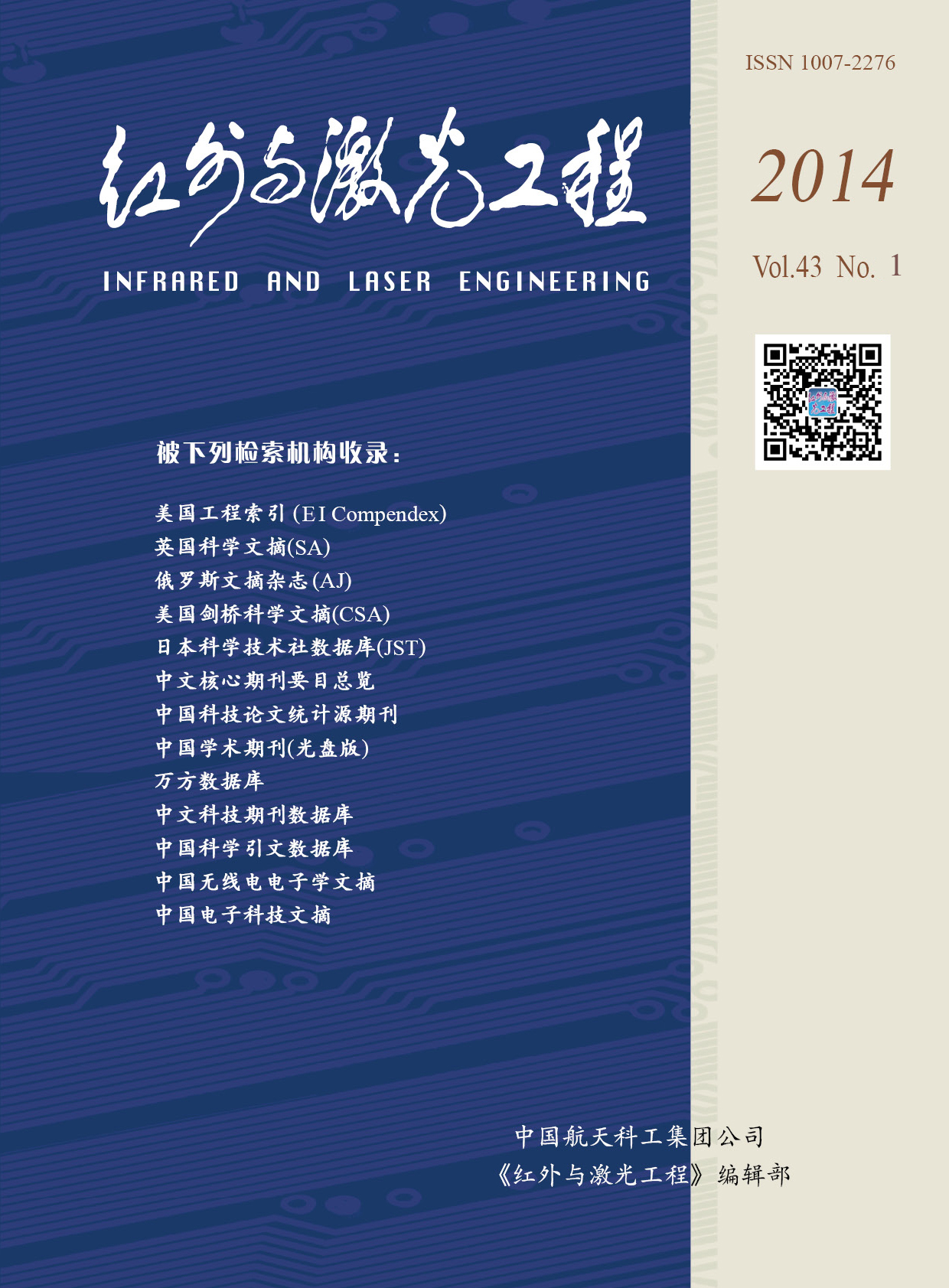|
[1]
|
Choi S Y, Luo M R, Pointer M R, et al. Investigation of large display color image appearance I: important factors affecting perceived quality [J]. Journal of Imaging Science and Technology, 2008, 25(4): 040904. |
|
[2]
|
|
|
[3]
|
Pedersen M, Bonnier N, Hardeberg J Y, et al. Attributes of image quality for color prints [J]. Journal of Electronic Imaging, 2010, 19(1): 011016. |
|
[4]
|
|
|
[5]
|
|
|
[6]
|
Essock E A, Sinai M J, McCarley J S, et al. Perceptual ability with real-world nighttime scenes: image-intensified, infrared and fused-color imagery [J]. Human Factors, 1999, 41: 438. |
|
[7]
|
Toet A, Schoumans N, Ijspeert J K. Perceptual evaluation of different nighttime imaging modalities [C]//Proc of Information Fusion, 2000, 1: TUD3- 17-TUD3-23. |
|
[8]
|
|
|
[9]
|
|
|
[10]
|
Toet A, Frankenb E M. Perceptual evaluation of different image fusion schemes [J]. Displays, 2003, 24: 25-37. |
|
[11]
|
|
|
[12]
|
Shi Junsheng, Jin Weiqi, Wang Lingxue. Study on perceptual evaluation of fusion image quality for color night vision[J]. Journal Infrared Millimeter and Waves, 2005, 24(3): 236-240. (in Chinese) 石俊生, 金伟其, 王岭雪. 视觉评价夜视彩色融合图像质量 的实验研究[J]. 红外与毫米波学报, 2005, 24(3): 236-240. |
|
[13]
|
|
|
[14]
|
Krebs W K, Sinai M J. Psychophysical assessments of image-sensor fused imagery [J]. Human Factors, 2002, 44: 257-271. |
|
[15]
|
Xu Guili, Liu Xiaoxia, Tian Yupeng, et al. Image clarity- evaluation-function method[J]. Infrared and Laser Engineering, 2009, 38(1): 180-184. (in Chinese) 徐贵力, 刘小霞, 田裕鹏, 等. 一种图像清晰度评价方法[J]. 红外与激光工程, 2009, 38(1): 180-184. |
|
[16]
|
|
|
[17]
|
|
|
[18]
|
Caviedes J, Oberti F. A new sharpness metric based on local kurtosis, edge and energy information[J]. Signal Processing: Image Communication, 2004, 19: 147-161. |
|
[19]
|
|
|
[20]
|
Guan Shingsheng, Hung Posung. Influences of psychological factors on image color preferences evaluation [J]. Color Research and Application, 2010, 35(3): 213-232. |
|
[21]
|
|
|
[22]
|
Burchett K E. Color harmony [J]. Color Research and Application, 2002, 27(1): 28-31. |
|
[23]
|
Yendrikhovskij S N, Blommaert F J J, Ridder H. Color reproduction and the naturalness constraint[J]. Color Research and Application, 1999, 24(1): 52-67. |
|
[24]
|
|
|
[25]
|
Toet A, Walraven J. New false color mapping for image fusion[J]. Optical Engineering, 1996, 35(3): 650-658. |
|
[26]
|
|
|
[27]
|
Waxman A M, Gove A N, Fay D A, et al. Night vision: opponent processing in the fusion of visible and IR imagery[J]. Neural Networks, 1997, 10(1): 1-6. |
|
[28]
|
|
|
[29]
|
Wang Lingxue, Shi Shiming, Jin Weiqi, et al. Hot targets enhancement for color fusion of visible and infrared image[J]. Transactions of Beijing Institute of Technology, 2008, 28(1): 1-4. (in Chinese) 王岭雪, 史世明, 金伟其, 等. 可见光与红外图像彩色融合中 的热目标增强方法[J]. 北京理工大学学报, 2008, 28(1):1-4. |
|
[30]
|
|
|
[31]
|
|
|
[32]
|
Shi Shiming, Wang Lingxue, Jin Weiqi, et al. A dual-band color imaging system for visible and thermal IR images based on color transfer in YUV color space [J]. Acta Armamentarii, 2009, 30(1): 30-35. (in Chinese) 史世明, 王岭雪, 金伟其, 等. 基于YUV 空间色彩传递的 可见光/热成像双通道彩色成像系统[J]. 兵工学报, 2009, 30(1): 30-35. |
|
[33]
|
|
|
[34]
|
Shi Shiming, Wang Lingxue, Jin Weiqi, et al. Natural-color- appearance steerable pyramid color fusion for visible and IR images [J]. Journal of Optoelectronics Laser, 2009, 20 (11): 1552-1560. (in Chinese) 史世明, 王岭雪, 金伟其, 等. 自然感色彩的可见光/红外控 向金字塔融合[J]. 光电子激光, 2009, 20(11): 1552-1560. |
|
[35]
|
Shi Shiming, Wang Lingxue, Jin Weiqi, et al. Color night vision based on color transfer in YUV color space[C]//SPIE, 2008, 6623: 66230B. |
|
[36]
|
|
|
[37]
|
|
|
[38]
|
Shi Shiming, Wang Lingxue, Jin Weiqi, et al. Color night vision research based on multi-resolution color transfer [J]. Acta Photonica Sinica, 2010, 39(3): 553-558. (in Chinese) 史世明, 王岭雪, 金伟其, 等. 基于多分辨率色彩传递的彩 色夜视方法研究[J]. 光子学报, 2010, 39(3): 553-558. |
|
[39]
|
|
|
[40]
|
|
|
[41]
|
Berns R S. Methods for characterizing CRT displays [J]. Displays, 1996, 16: 173-182. |
|
[42]
|
|
|
[43]
|
ITU -R Recommendation BT.500 -12. Methodology for the subjective assessment of the quality of the television pictures[S]. 2010. |
|
[44]
|
Draper N R, Smith H. Applied Regression Analysis [M]. 3d ed. New York: John Wiley Sons, Inc, 1998: 335-345. |









 DownLoad:
DownLoad: